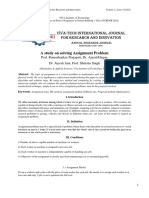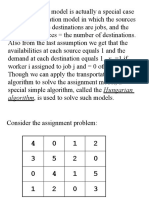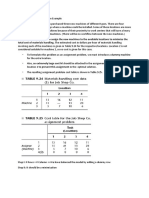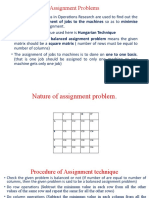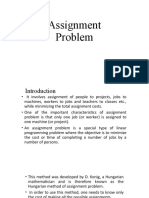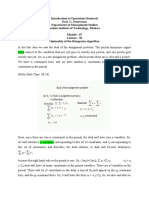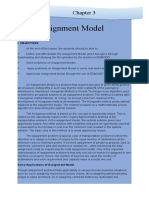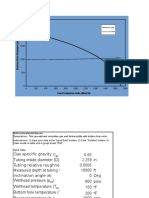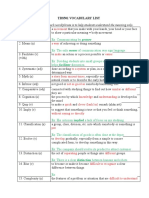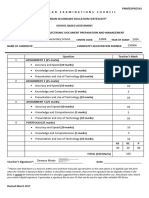0% found this document useful (0 votes)
19 views61 pages11 Assignment Problem
The assignment problem is a special type of transportation problem where jobs must be assigned to machines with the goal of minimizing total processing costs. The Hungarian Algorithm is a method used to solve this problem, involving steps such as row and column reductions, optimal assignments, and adjustments based on uncovered elements. Examples illustrate the application of the algorithm with various job and machine configurations.
Uploaded by
Harsh GuptaCopyright
© © All Rights Reserved
We take content rights seriously. If you suspect this is your content, claim it here.
Available Formats
Download as PDF, TXT or read online on Scribd
0% found this document useful (0 votes)
19 views61 pages11 Assignment Problem
The assignment problem is a special type of transportation problem where jobs must be assigned to machines with the goal of minimizing total processing costs. The Hungarian Algorithm is a method used to solve this problem, involving steps such as row and column reductions, optimal assignments, and adjustments based on uncovered elements. Examples illustrate the application of the algorithm with various job and machine configurations.
Uploaded by
Harsh GuptaCopyright
© © All Rights Reserved
We take content rights seriously. If you suspect this is your content, claim it here.
Available Formats
Download as PDF, TXT or read online on Scribd
/ 61








